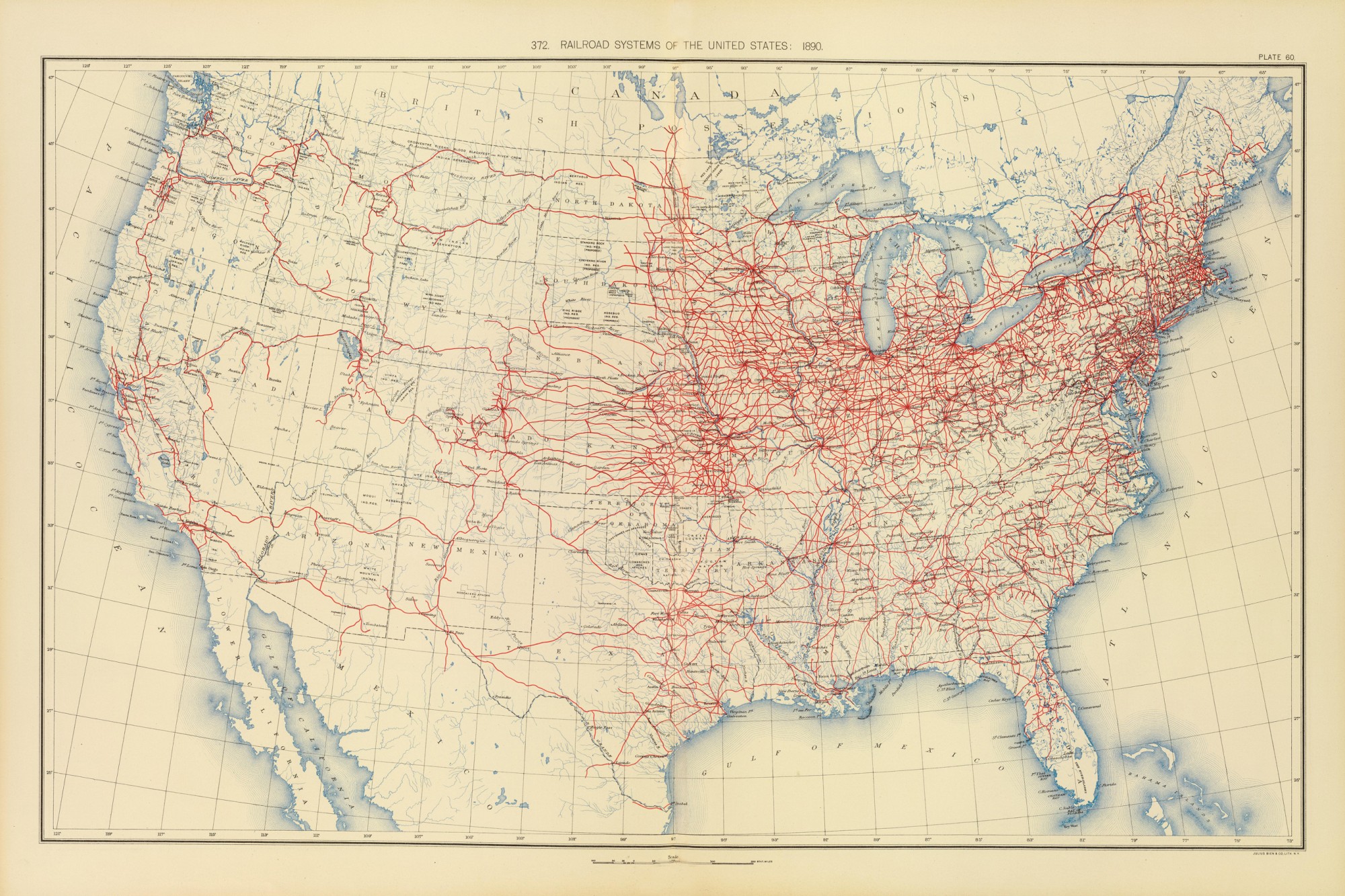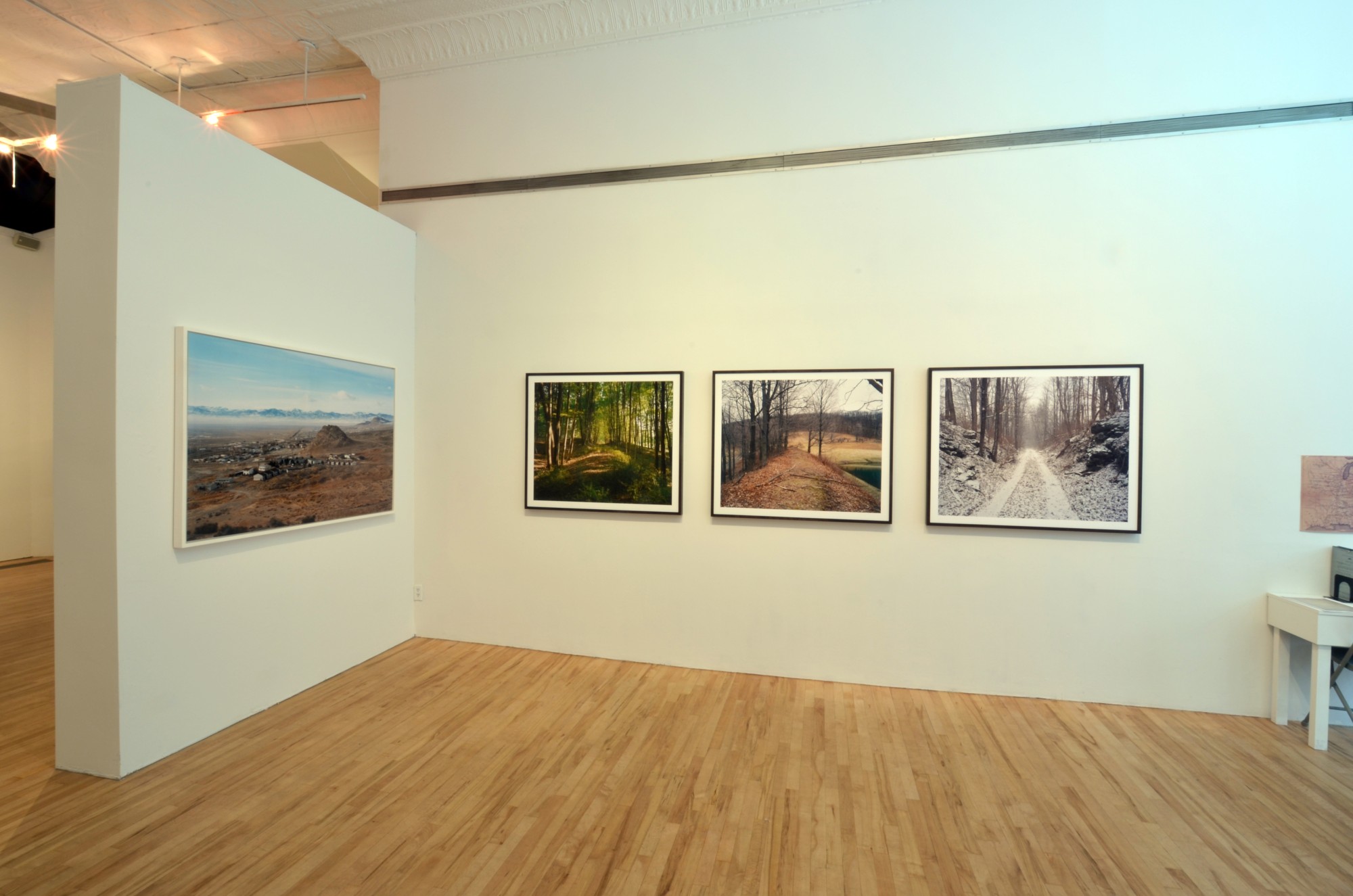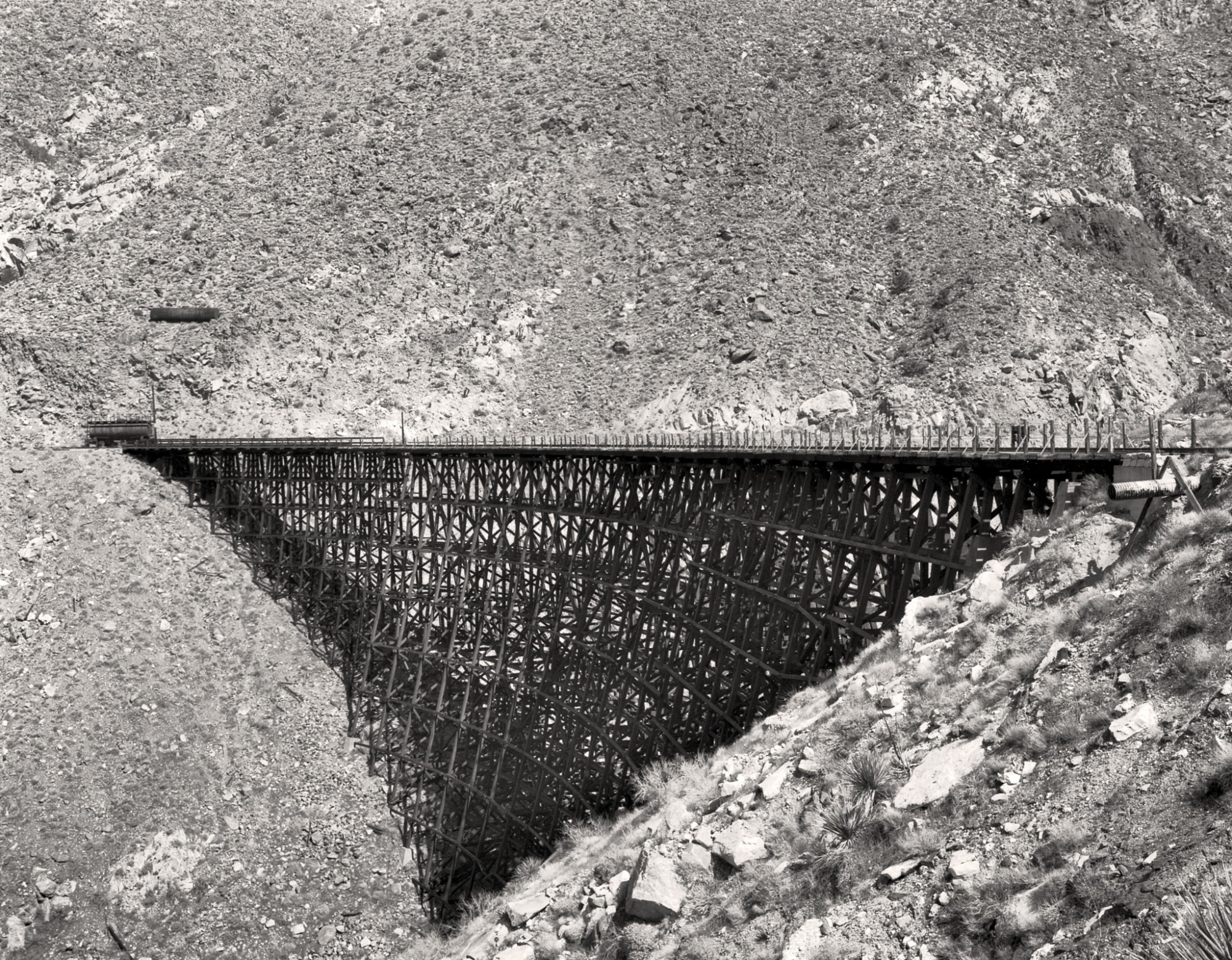The Permanent Way
Exhibition,July 1, 2012 was the sesquicentennial of the Pacific Railway Act, the federal legislation that enabled the development of the first transcontinental railroads. This exhibition marked the occasion by bringing together American landscape photographs by living artists with archival material charting the expansion of railroads during the second half of the nineteenth century.







Permanent way is a term for the track on a railroad. Here it is shorthand for how railroads dramatically reshaped Americans’ notion of the country’s landscape. Cultural historian Leo Marx related Nathaniel Hawthorne’s horror, in 1844, at the intrusion of smoke-belching locomotives into his beloved Sleepy Hollow. Yet by the time the Pacific Railway Act was passed two decades later, railroads were pervasive and inextricably woven into Americans’ lives. Even the most isolated rural residents were tethered to urban centers by the steel rails running through nearby fields. This ubiquity guaranteed for railroads a seemingly permanent place in the American unconscious. Ask someone today to describe an iconic American landscape and you’re likely to be told of fields stretching away to mountains at the horizon and a train passing through in the middle distance. This image was fixed in part by now-celebrated nineteenth-century photographers like A.J. Russell, Timothy O’Sullivan, and William Henry Jackson.
The photographers in this exhibition are not concerned exclusively with railroads, or even with American landscapes. Nonetheless, they are sensitive interpreters of their environment, and each has at some point noticed the continuing power and imaginative pull of railroads—or of their ruins. The Permanent Way used an important anniversary to celebrate their work and to place it in a historical context.